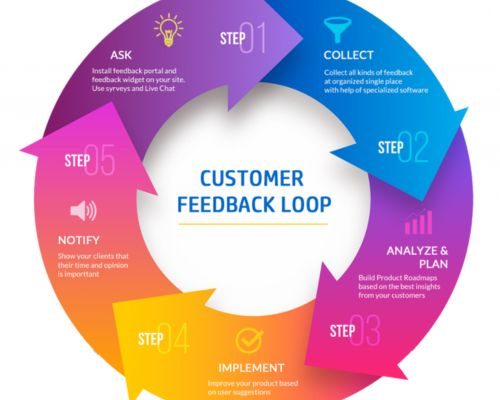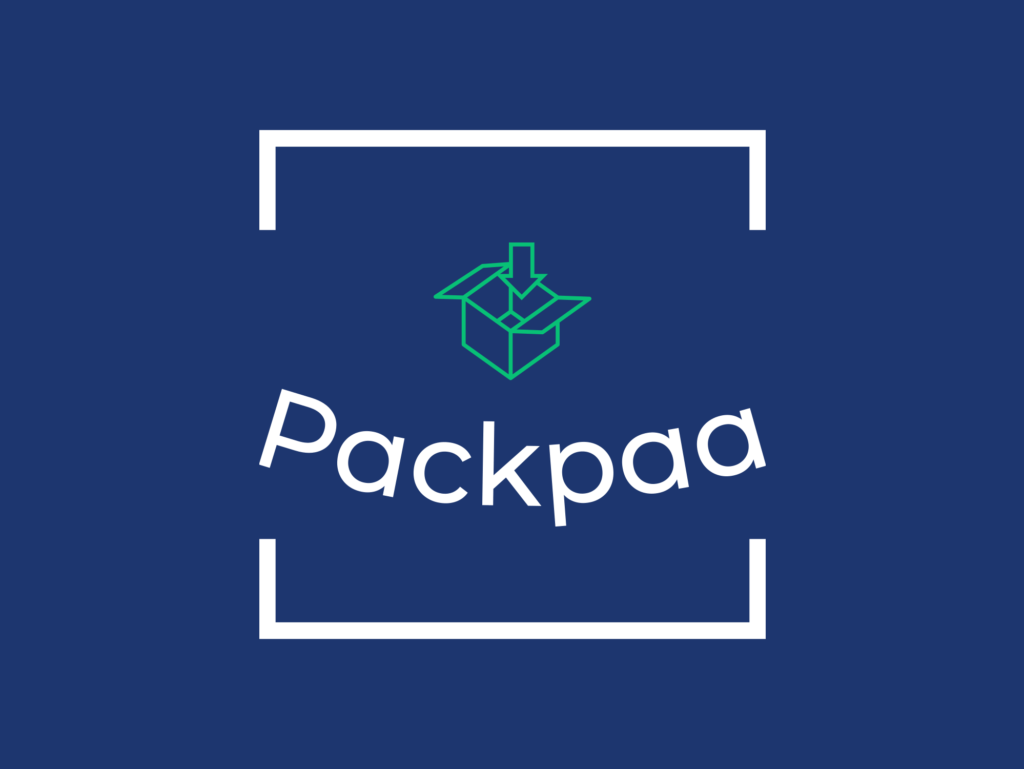Many business owners who want to take advantage of the rising e-commerce market are interested in starting a subscription box business. These selected boxes, which fit specific interests or requirements, make things easier and more fun for people while giving business owners a good way to make money. But getting into this business needs careful planning, especially regarding money. In this article, we are going to tell you in detail How much it costs to start a subscription box business. It will also give readers ideas and advice on becoming successful business owners.
Table of Contents
ToggleUnderstanding the Concept of a Subscription Box Business:
Before delving into costs, let’s briefly understand what a subscription box business entails. It involves curating and delivering a selection of products to Peoples regularly, typically monthly. These boxes can cater to diverse niches, including beauty, food, lifestyle, pets, fitness, and more. The appeal lies in surprise and convenience, as Peoples receive a curated selection of items tailored to their preferences or needs.
Top 10 Easy Steps to Start a Subscription Box Business
Here are the top 10 steps to start a successful Subscription Box Business
- Market Research and Planning:
- Subscription Box Concept and Branding:
- Product Sourcing and Inventory:
- Packaging and Fulfillment:
- Website Development and E-commerce Platform:
- Marketing and Customer Acquisition:
- Operational Expenses and Overheads:
- Customer Service and Support:
- Quality Control and Feedback Loop:
- Scaling and Expansion Strategies:
1. Market Research and Planning:

Conduct comprehensive market research to understand your target audience, competitors, and market trends. Analyze consumer preferences, purchasing behavior, and subscription box industry dynamics. Use tools like Google Trends, industry reports, and social media insights to gather valuable data. Develop a detailed business plan outlining your goals, strategies, and financial projections. Consider seeking guidance from industry experts or joining relevant online communities to gain insights and network with fellow entrepreneurs.
2. Subscription Box Concept and Branding:

Define a compelling subscription box concept that resonates with your target audience. Identify a niche or theme that aligns with consumer interests and preferences. Create a distinctive brand identity that reflects your values, aesthetics, and mission. Conduct market testing or surveys to gather feedback on potential product offerings and branding elements. Invest in professional graphic design, photography, and copywriting to ensure cohesive branding across all touchpoints.
3. Product Sourcing and Inventory:

Source high-quality products that complement your subscription box theme or niche. Research potential suppliers, manufacturers, or wholesalers to negotiate favorable terms and pricing. Consider product quality, reliability, and lead times when selecting suppliers. Develop relationships with trusted vendors and explore options for product customization or exclusive partnerships. Maintain adequate inventory levels to fulfill subscriber orders promptly and minimize stock outs or backorders.you may also like to read 20+ New Parent Care Package Gift Ideas.
4. Packaging and Fulfillment:

Design visually appealing packaging that enhances the unboxing experience for Peoples. Choose eco-friendly materials and sustainable packaging options whenever possible to align with consumer preferences and environmental values. Estimate packaging costs based on box size, materials, printing, and branding customization. Explore fulfillment solutions such as in-house fulfillment, third-party logistics (3PL) providers, or fulfillment by Amazon (FBA) to optimize order processing and shipping efficiency.
5. Website Development and E-commerce Platform:

Invest in a professionally designed website with intuitive navigation, mobile responsiveness, and secure checkout functionality. Select an e-commerce platform that supports subscription-based billing and recurring payments. Customize your website with compelling product descriptions, high-resolution images, and persuasive calls to action. Optimize your site for search engines (SEO) to improve visibility and attract organic traffic. Implement analytics tools to track website performance, user engagement, and conversion metrics.
6. Marketing and Customer Acquisition:

Develop a comprehensive marketing strategy to attract and retain Peoples. Utilize various digital marketing channels, including social media, email marketing, influencer partnerships, and content marketing. Create engaging content such as blog posts, videos, and tutorials to educate and entertain your audience. Leverage social proof and user-generated content to build credibility and trust. Implement referral programs, discounts, or promotional offers to incentivize customer acquisition and retention. You can also see this guide Frustration-Free vs Standard Packaging.
7. Operational Expenses and Overheads:

Estimate your ongoing operational expenses and overhead costs to ensure financial viability—budget for expenses such as rent, utilities, insurance, payroll, taxes, and software subscriptions. Consider outsourcing non-core functions such as accounting, customer service, and IT support to reduce overhead and focus on core business activities. Monitor your cash flow regularly and adjust your budget to maintain profitability and sustainability. Stay informed about regulatory requirements and compliance obligations relevant to your industry and geographic location. Consult with legal and financial advisors to ensure compliance with tax laws, labor regulations, and data privacy standards.
8. Customer Service and Support:

Prioritize exceptional customer service to enhance the people’s experience and foster loyalty. Implement responsive customer support channels such as email, live chat, and phone support to promptly address inquiries, feedback, and concerns. Train your support team to provide knowledgeable assistance and personalized recommendations. Monitor customer feedback and satisfaction metrics to identify areas for improvement and implement continuous service enhancements.
9. Quality Control and Feedback Loop:

Maintain rigorous quality control measures to ensure the consistency and satisfaction of your subscription box offerings. Regularly inspect product inventory for defects, expiration dates, or quality issues. Solicit feedback from Peoples through surveys, reviews, and social media interactions. Use customer feedback to refine your product selection, packaging design, and overall subscription experience. Engage with suppliers and manufacturers to promptly address any product or fulfillment issues and uphold your brand’s reputation for excellence.
10. Scaling and Expansion Strategies:

As your subscription box business grows, explore opportunities for scaling and expansion into new markets or product categories. Evaluate the scalability of your operations, infrastructure, and supply chain to accommodate increased demand. Consider introducing tiered subscription plans, limited edition boxes, or seasonal promotions to attract new Peoples and incentivize upgrades. Explore partnerships with complementary brands, retailers, or influencers to expand your reach and tap into new customer segments. Continuously monitor market trends, consumer preferences, and competitive landscape to adapt your business strategy and capitalize on emerging opportunities for growth and innovation.
Conclusion:
In conclusion, while the costs of starting a subscription box business can vary widely depending on factors like niche, scale, and business model, careful planning and budgeting are essential for success. By understanding and accounting for the various expenses involved, entrepreneurs can confidently embark on their subscription box journey, knowing they’re equipped to navigate the financial challenges and seize opportunities for growth.
Read Our Latest Guide:
FAQs:
Costs can vary but typically range from $10,000 to $50,000 depending on factors like product sourcing, packaging, and marketing.
It can be profitable if managed well, with margins typically ranging from 20% to 60%.
The subscription box industry was worth over $10 billion in 2020 and is expected to continue growing.
On average, consumers spend around $30 to $50 per month on subscription boxes.
Subscriptions can lead to consistent revenue streams and customer retention, making them potentially more profitable than one-time sales.
Currently, the largest subscription box company is likely FabFitFun, with millions of Peoples.
Yes, subscription boxes remain popular due to their convenience, discovery aspect, and personalized experiences.
Subscription boxes offer convenience, personalized experiences, and a sense of discovery, catering to consumer preferences.
Research your target market, choose a niche, source quality products, set competitive pricing, build a user-friendly website, and market effectively to attract Peoples.

Meet Mary K, the talented author behind PackPaa. With a passion for innovative packaging solutions, Mary shares insights and expertise to elevate your business.

















